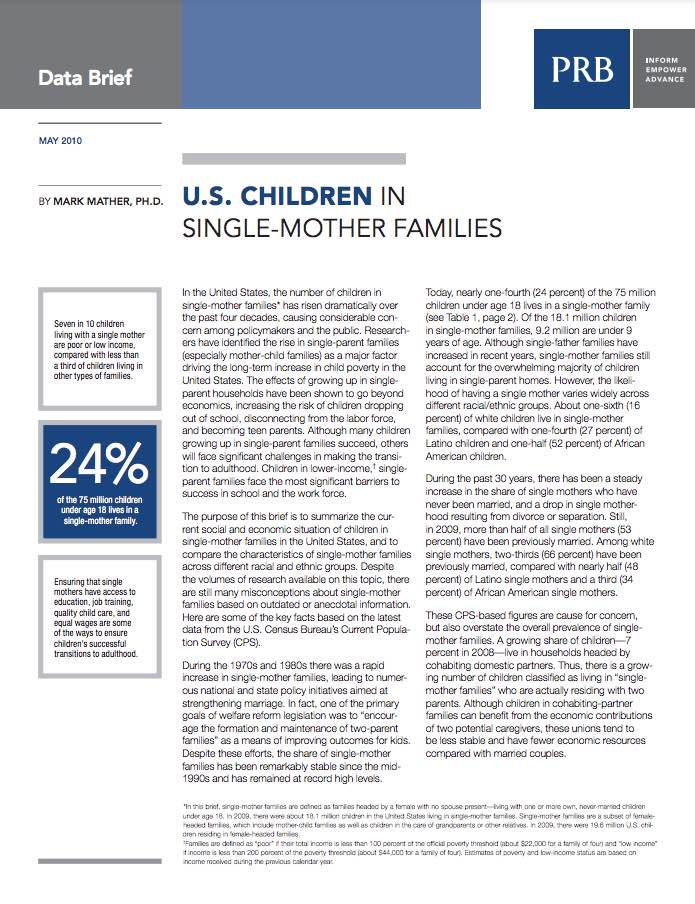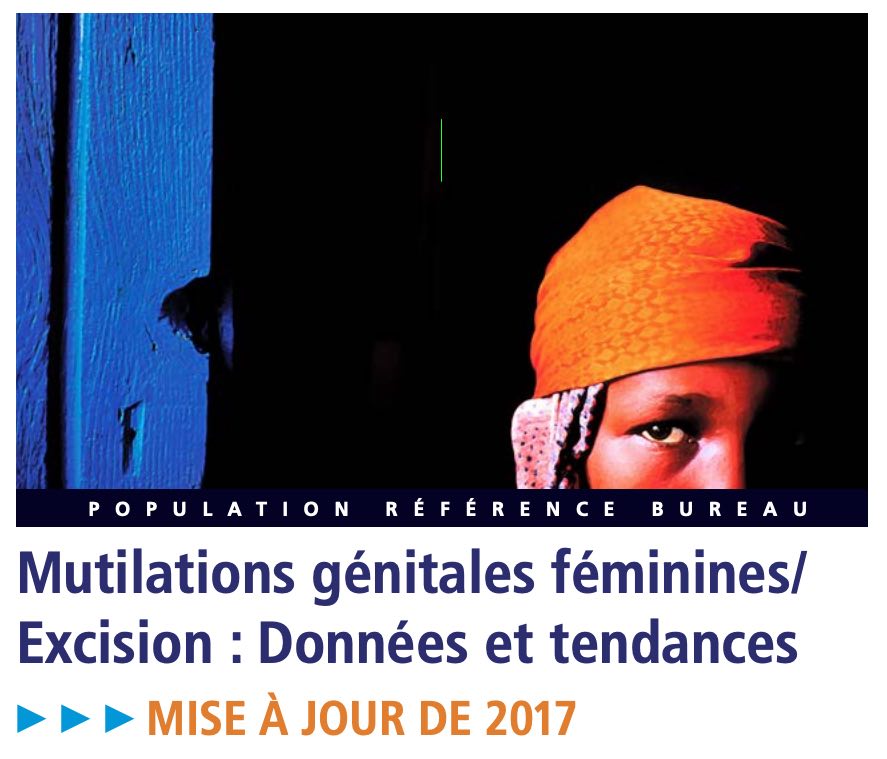Data Brief: U.S. Children in Single-Mother Families
(2010) In the United States, the number of children in single-mother families has risen dramatically over the past four decades, causing considerable concern among policymakers and the public.

(2010) In the United States, the number of children in single-mother families has risen dramatically over the past four decades, causing considerable concern among policymakers and the public.

Project: Demography and Economics of Aging and Alzheimer’s Disease
Dementia is one of the nation’s most expensive old-age health conditions and the most time consuming for family caregivers.
(2009) Speculation has been rife in the media on the possible effect of the current recession on the U.S. birth rate. In January of this year posed this same question but now, at mid-year, unemployment is approaching 10 percent for the first time in over a quarter century, the housing "bubble" has truly burst, banks and industries that have been pillars of the economy have gone bankrupt, and consumer confidence has reached one of its lowest points in the past 50 years.
(2011) For more than 20 years, since the first data collection in Sudan in 1989, the Demographic and Health Survey (DHS) team at Macro International has been tracking the prevalence of female genital cutting (FGC), also known as female genital mutilation and female circumcision.
(2003) A census is inevitably a blend of politics and science — politics because power and money are linked to how many people live where, science because the technically complex undertaking draws on many scientific disciplines.

Project: PACE: Policy, Advocacy, and Communication Enhanced for Population and Reproductive Health
Female Genital Mutilation/Cutting: Data and Trends Update 2017, produced with support from the U.S. Agency for International Development, provides the latest data on the practice in 29 developing countries with representative and comparable data—although FGM/C occurs worldwide.
(2010) De nombreux pays font face à une diminution de leur population en âge de travailler (généralement considérée comme étant les personnes âgées de 15 à 64 ans).

Project: PACE: Policy, Advocacy, and Communication Enhanced for Population and Reproductive Health
Female Genital Mutilation/Cutting: Data and Trends Update 2017, produced with support from the U.S. Agency for International Development, provides the latest data on the practice in 29 developing countries with representative and comparable data—although FGM/C occurs worldwide.